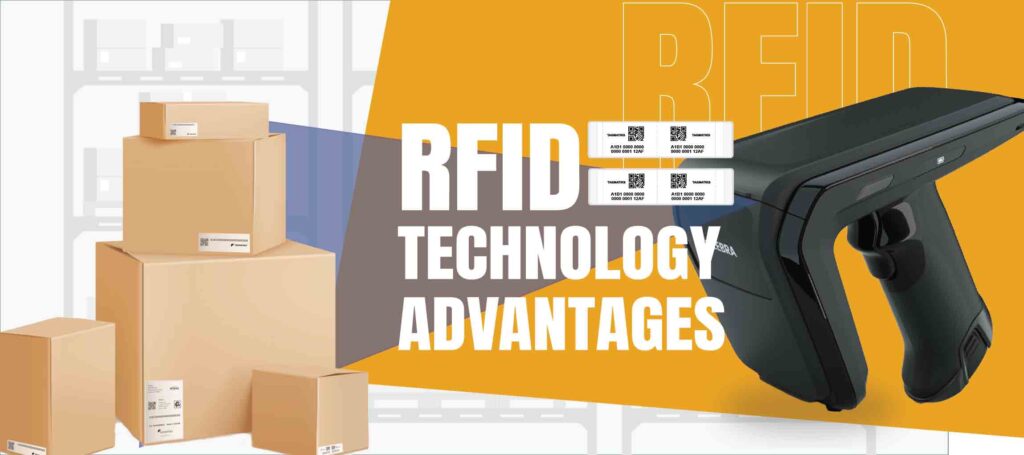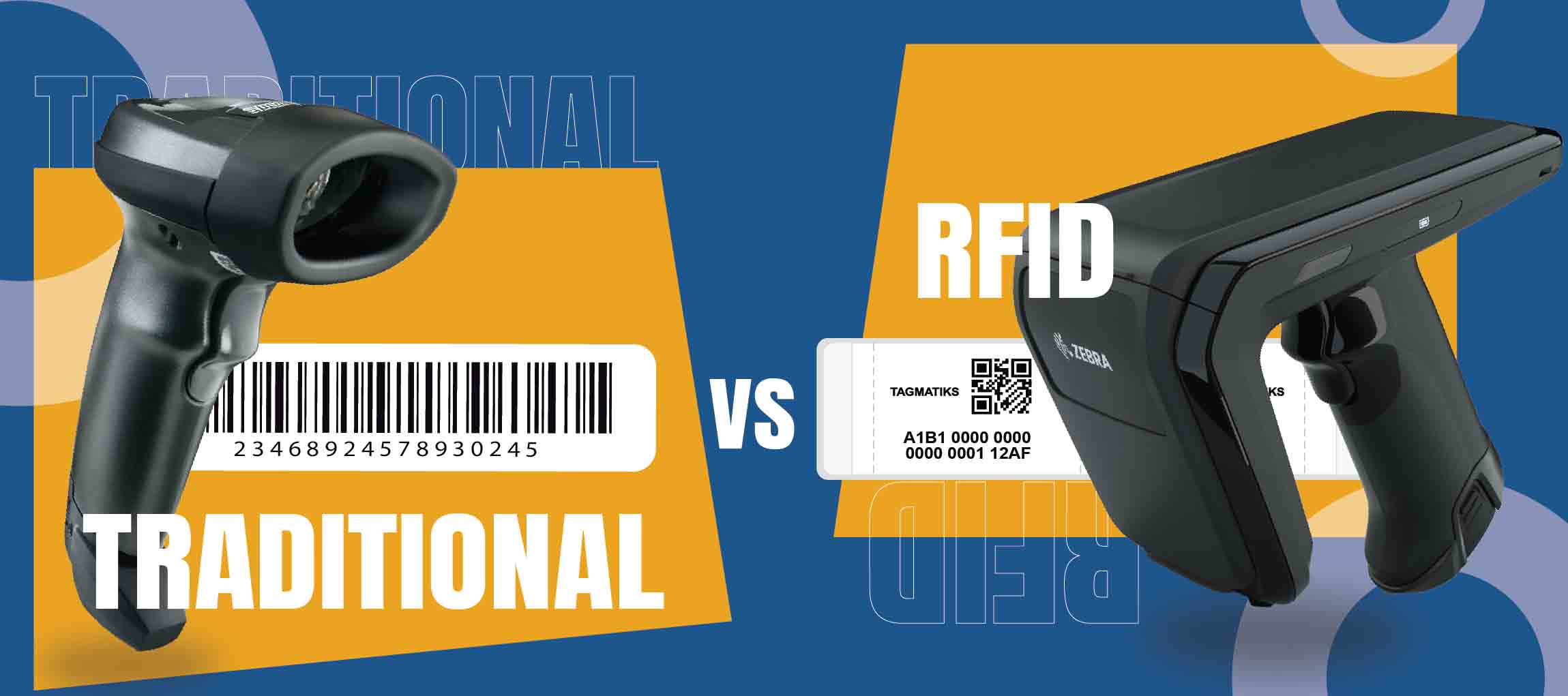In the ever-evolving landscape of technology, businesses are constantly seeking ways to optimize their operations for increased efficiency and productivity. One area that has witnessed significant advancements is asset and inventory management. Traditionally, businesses relied on manual systems or barcode technology for tracking assets, but in recent years, Radio-Frequency Identification (RFID) technology has emerged as a powerful alternative. In this blog, we will explore the advantages and differences between RFID software and traditional systems in the realm of asset management.
Understanding Traditional Systems
Traditional asset and inventory management systems typically involve manual data entry and the use of barcode technology. Barcodes are attached to assets, and a barcode scanner is used to read the information encoded in the barcode. This process is effective to a certain extent, but it has limitations, especially in terms of speed and accuracy.
Advantages of Traditional Systems:
Cost-Effective Implementation: Traditional systems are often perceived as more cost-effective initially since the infrastructure required is simpler and less expensive.
Ease of Use: Barcode systems are straightforward to use, and training employees to operate barcode scanners is usually quick and simple.
Mature Technology: Barcode technology has been in use for decades and is a well-established method for tracking assets.
Understanding RFID Technology
RFID technology, on the other hand, uses electromagnetic fields to automatically identify and track tags attached to objects. These tags contain electronically stored information, which can be read by an RFID reader. Unlike barcode systems, RFID does not require line-of-sight for scanning, allowing for faster and more accurate data collection.
Advantages of RFID Technology:

Speed and Efficiency: RFID technology significantly speeds up the process of asset tracking as multiple RFID tags can be read simultaneously without manual intervention.
Automation: RFID systems can be automated, reducing the need for manual data entry. This automation minimizes errors and ensures real-time data accuracy.
Greater Data Storage: RFID tags can store more information than traditional barcodes, providing a wealth of data about each asset.
Durability and Longevity: RFID tags are more durable than traditional barcodes, making them suitable for harsh environments or outdoor use.
Differences between RFID and Traditional Systems:
| RFID | BARCODE |
|---|---|
| Can be read without line of sight | Require line of sight to be read |
| Multiple Tags can be read simultaneously | Can only be read individually |
| New information can be overwritten | Can not be updated |
Data Entry:
Traditional systems rely on manual data entry, which is time-consuming and prone to errors. RFID systems automate this process, reducing human intervention and increasing accuracy.
Line-of-Sight:
Barcodes require a direct line of sight between the scanner and the barcode, while RFID can read multiple tags simultaneously without requiring a direct line of sight.
Read Range:
RFID technology allows for a longer read range, enabling the scanning of tags from a distance. Barcodes must be close to the scanner for successful reading.
Cost:
While RFID implementation may have higher upfront costs, the long-term benefits in terms of efficiency and accuracy often outweigh the initial investment.
Conclusion:
RFID technology represents a significant leap forward in asset and inventory management, offering advantages such as automation, increased speed, and improved accuracy. While traditional systems may still be suitable for some businesses due to lower initial costs, the long-term benefits of RFID in terms of operational efficiency and data accuracy make it an attractive option for those looking to embrace cutting-edge technology. Ultimately, the choice between RFID software and traditional systems depends on the specific needs and priorities of the business.
